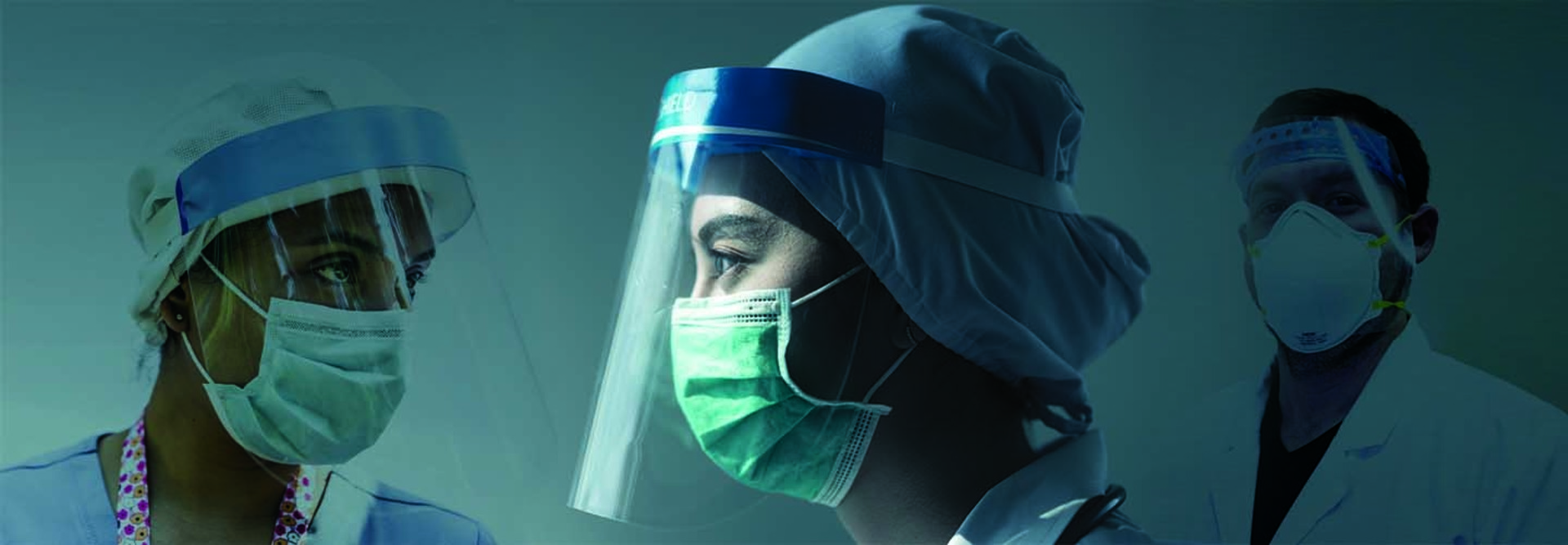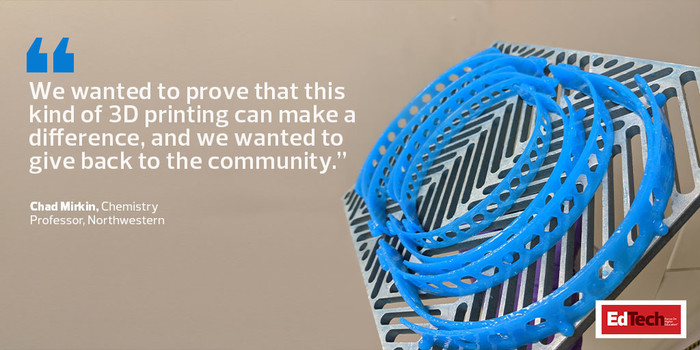Learning to Clean 3D Printers On the Go
At the South Dakota School of Mines & Technology, the COVID-19 support effort has been a learning experience.
The school jumped in early, leveraging its MakerGear M2 and MakerBot printers to create masks for healthcare workers. “Our frontline workers and healthcare providers are our own family, friends and neighbors. We are an engineering and science university. We want to use our expertise to support our community in this time of crisis,” says Mike Ray, a communications manager at the school.
While the 3D printing worked flawlessly, the team learned that in a healthcare situation, there are always nuances. “Major concerns arose over the ability to clean them and to ensure proper fit for healthcare workers,” Ray explains.
MORE FROM EDTECH: See how MIT is making 3D printing organic
The school has since shifted away from mask printing to explore other ways it can support the fight. It is, for example, developing and testing a computer model to help predict the number of COVID-19 cases that might occur in any given community.
“As a science and engineering university, our entire curriculum is built around teaching students to help solve global problems,” says School of Mines president Jim Rankin. “We are very proud that our university has been able to step up and make a difference in our community and state.”
The 3D-printing push at schools around the nation has brought this sense of service to the forefront, highlighting the many ways in which academic technology investments can support the greater good.
“This crisis can be an opportunity for the universities to rethink their relationships with the community,” Treskon says. “In the future, if we can create more real-world learning experiences while also supporting the community, that’s a potential win-win for everybody.”
MORE FROM EDTECH: This Dremel DigiLab 3D45 3D printer makes creation fast and easy
At the very least, the academic community’s rapid implementation of 3D printing suggests that when time matters, old bureaucratic hurdles can be set aside.
“Usually when you talk about mixing public and private activities, it becomes a legal nightmare,” Mirkin says. “In this case, everyone did the right thing and figured out a path forward to make it happen.”
“My father and mother used to talk about how the country came together in times of war,” Mirkin continues. “Some people go to war, while others provide the capability to support that effort. The situation here is very similar, and the university has proactively stepped up to ask how we can make a difference.”












